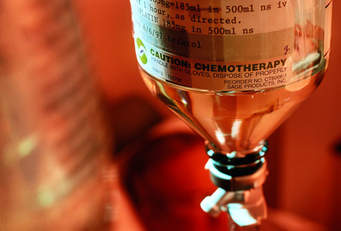Perhaps we should all be appalled by how the pharmaceutical industry takes advantage of the sick, by offering solutions that are proven not to work, but cost a fortune and cripple the finances of individuals and entire governments. These same players will claim that holistic medicine is bogus and has no scientific basis, and position themselves as the verified truth, while the British Medical Journal holds that only 11% of all orthodox, government approved medical treatments are proven to be effective. Many natural therapies used today are not only evidence based but also based on thousands of years of efficacy.

“Breakthrough Cancer Drugs” Not Proven to be Effective
Article courtesy of Dr Clark Association, David P Amrein
The highly acclaimed British Medical Journal (BMJ) last month published an analysis of the effectiveness of all 48 cancer drugs approved in the European Union between 2009 and 2013 (http://www.bmj.com/content/359/bmj.j4530). While the pharmaceutical industry would like us to believe that all drugs that get approved work and are rigorously tested, this study shows that a significant effect has only been demonstrated (both before or after the approval) in about half the cases.
What is even more noteworthy is that only about one third of all drugs were able to demonstrate any effectiveness at the time of approval. It is a downright riddle why they were even approved, lacking any evidence. Some of the ones lacking evidence of effectiveness did prove to be effective when used thereafter, but only a minority.
But it gets worse from here: that a cancer drug has been shown effective (which, remember, is true for only half of the approved drugs), does not mean that it cures anything. In fact, for what I have been able to determine, none of the approved drugs is curative. But not only did they not cure, but the survival benefit they extended was disappointingly small — namely between 1 and 5.8 months, with a median of 2.7. Finally it must be considered that only 10% of these drugs led to an improvement in quality of life, of the other 90% many have a negative effect on quality of life.
To summarize:
— Half the new cancer drugs are altogether useless, but some of them are actually harmful.
— The other half extends a survival benefit of a median of only 2.7 months, while most of them will reduce quality of life.
Retrospective studies that show that chemo and other cancer drugs are not working have been around for 40 years, clearly showing how useless these treatments are. They are routinely met by the industry with the reply that “we now have newer and better cancer drugs”. Of course they know well that new retrospective studies take years, and when those will again show how useless these newer drugs are, the industry will again say that now “newer and better” drugs are on the market.
I wonder how long more this must go on until the MDs, the regulators and the people wake up to finally accept that these cancer drugs, many of which cost $100,000 and more, are not working and are a waste of money, are giving patients false hope and are, in essence, a fraud.
By the way, that most approved drugs are useless or have no proven benefit is not just an issue with cancer drugs — this extends to all drug categories. The BMJ concludes that half of all drugs have no proven effect, 5% are proven to be ineffective, 3% are harmful, and in 7% of the cases the side effects compensate the beneficial effects. 24% are considered likely — but not proven — to be beneficial, and only 11% of all drugs on the market are certain to be beneficial
(http://www.clinicalevidence.com/x/set/static/cms/efficacy-categorisations.html).
So, if you take any drug, chances are about 1 in 9 that you can count on it being beneficial.
And if that is not bad enough, don’t forget also that the effect of a drug in the field is much less than in the studies — not only because many studies are rigged by the industry, but also because compliance in the field is much inferior and the circumstances less controlled. So even a “proven effect” might dissipate to nothing in the face of the reality of use of that drug.
